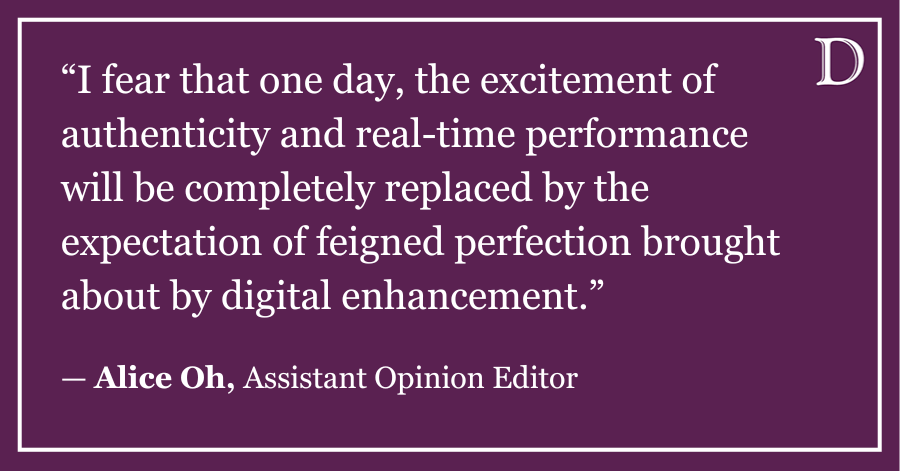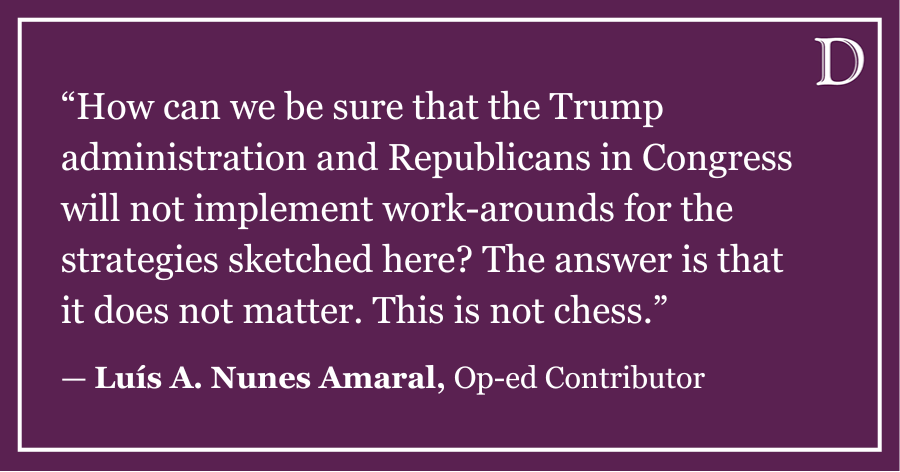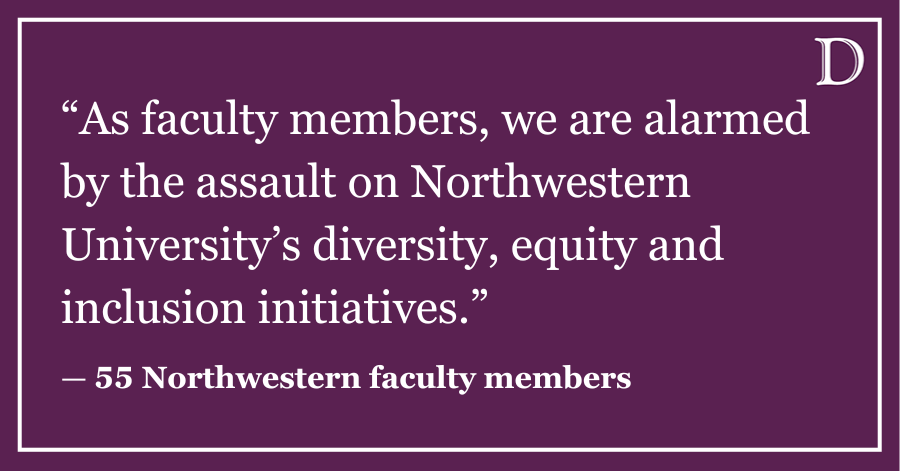Bharath Pattabiraman has been a Ph.D. student in the department of electrical engineering and computer science in McCormick since 2009. He hails from Chennai, the “Detroit of India.” Pattabiraman spoke to me about his work and journey so far at Northwestern.
Opinion: When and why did you decide to do a Ph.D.?
Bharath Pattabiraman: Primarily, I had some research exposure during undergrad at Birla Institute of Technology and Science, Pilani, India; however, right after graduation, although I was interested in pursuing research, I also wanted to explore how things are outside of academia. So I took up an industry job. I worked there for a couple of years and realized it was not like what I had thought or wanted at that point, so the immediate thing I wanted was to jump into research in the area of my interest.
Opinion: Why Northwestern?
BP: I had a double major in physics and engineering during undergrad. During that time, I had worked as an intern in two research institutions where I got exposed to using computational methods to solve problems in astrophysics. I found it very exciting, and such an interdisciplinary opportunity was available only in a few schools, NU being one of them.
Opinion: Tell us about your research at NU.
BP: I am a member of an interdisciplinary research group at Northwestern, CIERA (Center for Interdisciplinary Exploration and Research in Astrophysics), which is comprised of members from both the astrophysics and computer science faculty, among others
I develop high-performance software that parallelizes and links multiple existing astrophysical simulation codes. I devise novel parallel algorithms that can achieve good scalability and optimally utilize resources on heterogeneous supercomputing architectures with multi-core CPUs and GPUs. The codes simulate the evolution of what are called collisional N-body systems.
Opinion: Which stage is it in?
BP: I have completed a major portion of what my adviser had in plan for me — the parallel software I developed is being used by members of CIERA for multiple research projects resulting in publications.
Opinion: What is one of the most challenging things about this research?
BP: The interdisciplinary factor. At times, it feels like what I do is not significant enough in either domain, so it gives a feeling that one is falling through the cracks. However, it comes with a lot of positives to it, a few being the opportunity to learn, communicate and network with people from multiple research fields and the garnering of a unique combination of skills that only very few others in the entire world possesses.
Opinion: Has it been implemented and been tested/used by people or industry?
BP: No. My work does not have any direct industry application.
Opinion: Any specific/interesting thing you want to share about your research?
BP: There is a lot of interesting stuff going on. I’ll be open to talk to anyone who is interested in knowing more.
Opinion: What is one interesting thing about your Ph.D. program or NU?
BP: NU is a great place. I personally like Evanston and Chicago a lot — there are tons of things to do.
Opinion: What’s next?
BP: After being in academic research for the last few years, I am realizing I would like my work to have a more direct and quicker impact on the world and society. So I would most likely be looking for research-related opportunities in the industry.
Opinion: What is the best way for students to contact you?
BP: bharath@u.northwestern.edu
Chetan Patil is a McCormick graduate student. He can be reached at chetanpatil@u.northwestern.edu. If you want to respond publicly to this column, send a Letter to the Editor to opinion@dailynorthwestern.com.













